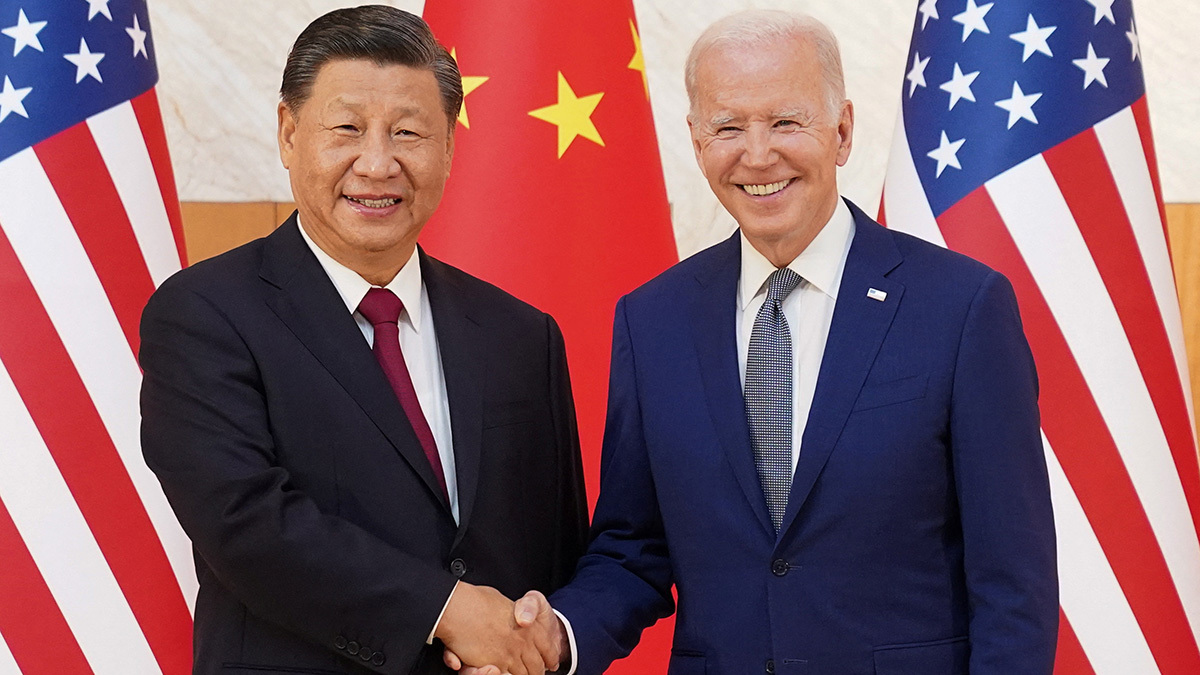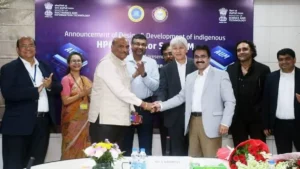Introduction
The semiconductor industry has seen significant changes and challenges over the past few years, and one of the key players at the center of it all is ASML & its DUV business in China.
The Dutch semiconductor equipment manufacturer is renowned for its advanced lithography technology, which is crucial in the production of cutting-edge semiconductor chips.
However, ASML’s operations have been influenced by evolving export regulations, particularly in relation to Chinese entities.
In this blog post, we’ll explore ASML’s optimism and expectations for its deep ultraviolet (DUV) lithography equipment in China, the impact of export regulations, and the evolving landscape of semiconductor manufacturing in the People’s Republic.
ASML’s Role in the Semiconductor Industry
ASML is a world leader in the development and production of lithography equipment, which plays a vital role in semiconductor fabrication. Its machines use ultraviolet light to print intricate patterns onto silicon wafers, enabling the creation of smaller and more powerful chips.
ASML’s technology has been instrumental in the production of advanced semiconductor nodes, making it a sought-after supplier in the global semiconductor supply chain.
Read More: Apple Q3 Revenue Decline Continues, Longest Streak Since Dot-com Bubble
DUV Lithography and China’s Semiconductor Ambitions
In recent years, China has invested significantly in its semiconductor manufacturing to reduce reliance on foreign technology.
ASML’s DUV lithography machines are crucial for producing chips at various technology nodes.
DUV, or Deep Ultraviolet, refers to lithography equipment used to create intricate patterns on silicon wafers in semiconductor fabrication.
Chinese companies are acquiring ASML’s equipment for applications, including mature and mid-critical nodes like 28nm, 45nm, 65nm, 90nm, and thicker.
ASML’s Optimism and Projections
Despite tightening export regulations imposed by the U.S. government and its allies on wafer fab equipment exports to Chinese entities, ASML remains optimistic about its business prospects in China.
“The total number of ASML deep ultraviolet (DUV) lithography and metrology machines installed in China is around 1,400. By the end of 2025, DUV equipment installment in China is projected to reach 600.”
~ Shen Bo, ASML’s China country manager
ASML does not provide a detailed breakdown of the quantity of metrology, lithography, and inspection systems utilized by Chinese entities. However, it is inferred that the current number of lithography tools may be less than 600.
This optimism is underpinned by ASML’s intensifying shipments to China in Q3 2023. China accounted for a significant portion of ASML’s net system sales during this period, representing a remarkable increase from the previous quarter.
While ASML is complying with export regulations, it is clear that the demand for its equipment from Chinese customers has been on the rise.
Certainly, here’s the information presented in the form of a table for better clarity:
| Statistic | Value |
|---|---|
| Total ASML DUV Lithography & Metrology Machines Installed in China | Approximately 1,400 |
| Projected DUV Equipment Installations in China by the End of 2025 | 600 |
| Percentage of ASML’s Net System Sales Attributed to Chinese Companies in Q3 2023 | 46% |
| Total Net System Sales in Q3 2023 (in Euros) | €5.308 billion |
| Total Net System Sales in Q3 2023 (in USD) | $5.688 billion |
| Percentage of Chinese Companies’ Procurement in Q3 2023 | 46% (of $5.688 billion) |
| Percentage of Chinese Companies’ Procurement in Q2 2023 | 24% (of total net system sales) |
| Total Value of Wafer Fab Equipment Procured by China-Based Customers | $2.6 billion |
| Focus of Equipment for Mature & Trailing Process Technologies | 28nm, 45nm, 65nm, 90nm, and thicker |
Read More: 10-15% Sales Hit For ASML in China Amidst US Ban
Export Regulations and Challenges
ASML’s shipments to China have not been without challenges. Peter Wennink, the company’s CEO, acknowledged that ASML faced difficulties in fulfilling demand from Chinese customers in recent quarters.
Demand for ASML’s systems worldwide has been high, and the company has had to prioritize fulfilling orders from various clients.
Wennink revealed that the majority of the orders were actually booked in 2022.
Notably, demand exceeded supply, resulting in a demand fill rate for Chinese customers of less than 50%. This limited the number of systems that Chinese customers received.
Furthermore, the export restrictions introduced by the Netherlands on September 1 have added complexity to the situation.
These restrictions impact the shipment of advanced lithography equipment for chips in the 14nm/16nm class and beyond to China. The specific details of how these restrictions have affected ASML’s shipments remain unclear.
“We are shipping lithography systems for mature and mid-critical nodes to China while, of course, complying with export regulations. For systems shipping this year to Chinese customers, the majority of the orders were booked in 2022. The demand fill rate for our Chinese customers over the last two years was significantly less than 50 percent. So, the Chinese customers were, in fact, receiving a much lower number of systems than they ordered. This was because demand for our systems worldwide significantly exceeded supply. With current shifts in demand timing from other customers, we now have the opportunity to fulfill these orders to our Chinese customers.”
~ Peter Wennink, ASML CEO
Read More: How Biden Intends to Prevent China from Obtaining Banned Chips?
Conclusion
ASML plays a vital role in the global semiconductor industry, with high demand for its equipment, particularly in China.
Despite export regulation challenges, ASML maintains optimism about its future in China and anticipates more DUV equipment installations.
The evolving semiconductor manufacturing landscape, along with regulatory shifts, will influence ASML’s role in China and the global supply chain.
The semiconductor industry, ASML, and the geopolitical landscape will undoubtedly remain fascinating to watch in the years to come.
Reference: Digitimes Asia








